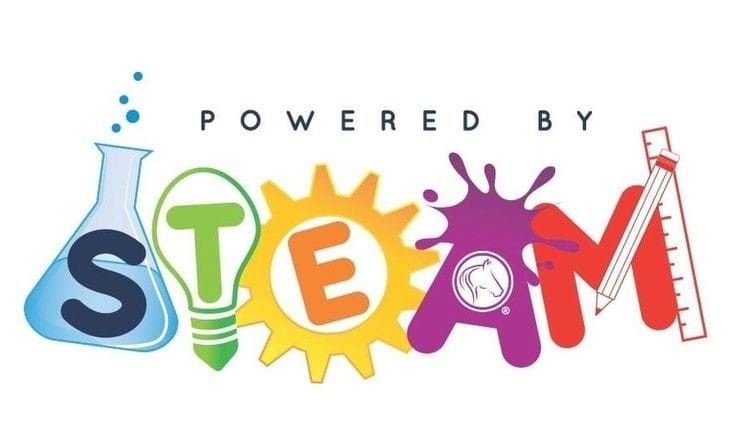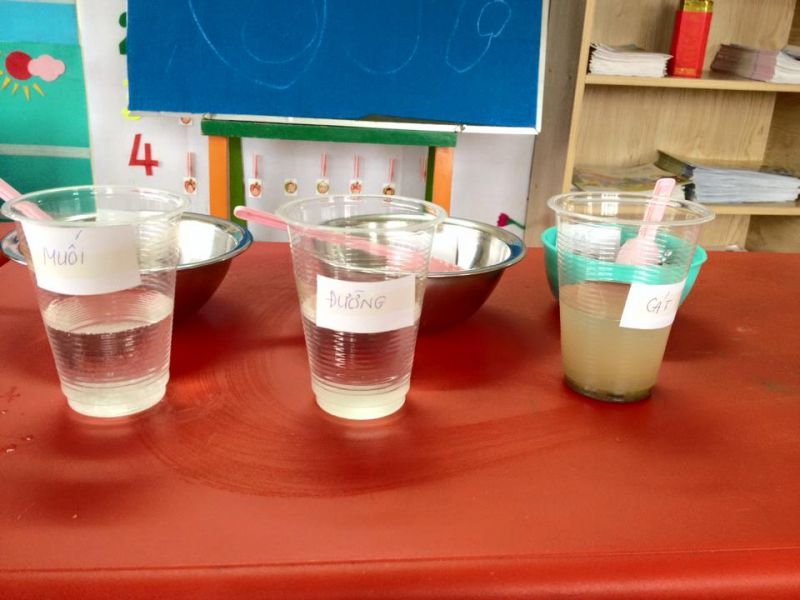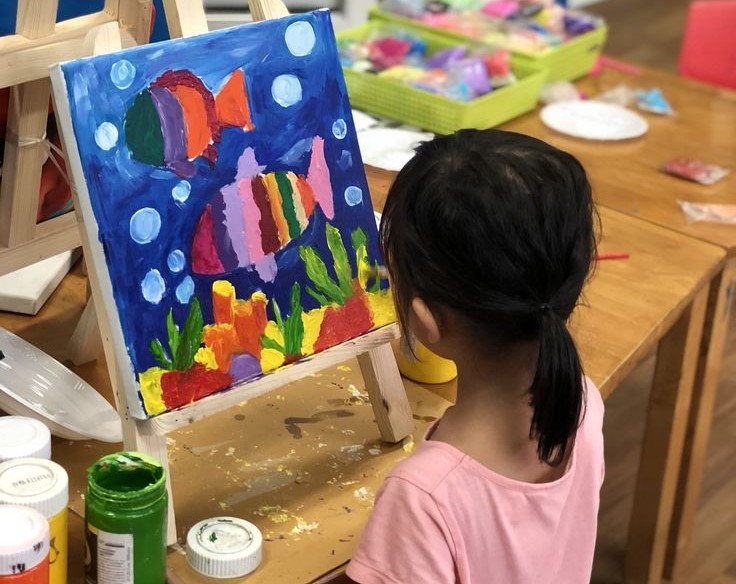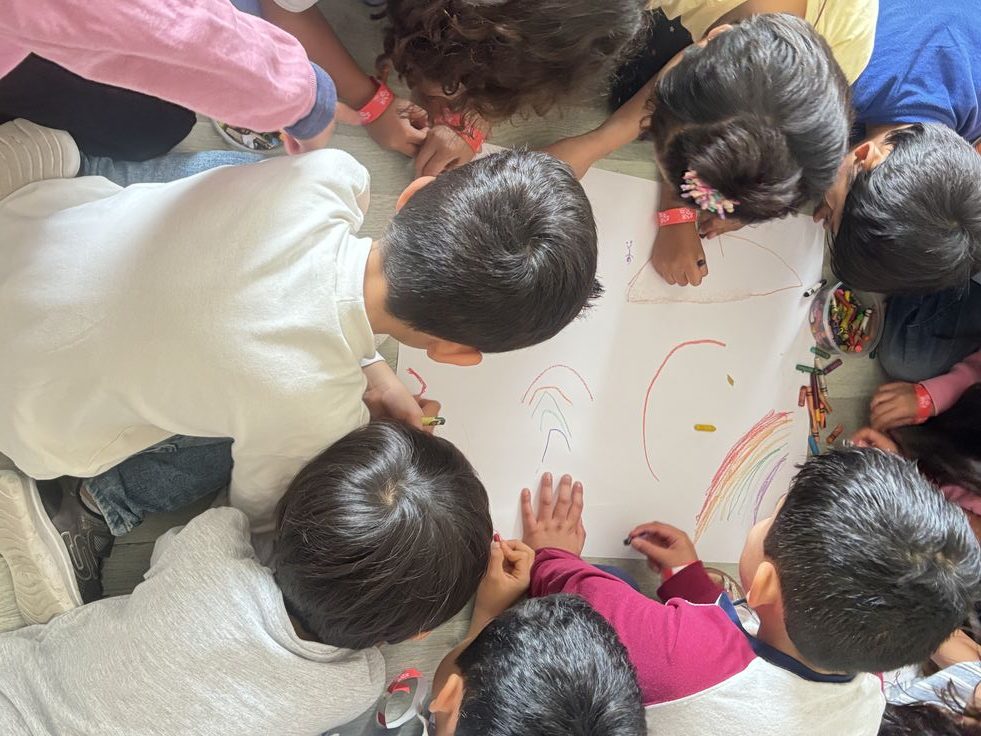STEAM education in FnB has become a growing trend in modern schools, where children learn through real experiences—using their hands, senses, and natural curiosity. Instead of traditional lessons focused on formulas or memorization, STEAM allows children to explore the world through hands-on discovery, real understanding, and genuine creativity. When applied to experiential activities, especially in the FnB environment, STEAM offers children the most comprehensive learning opportunities.
What Is STEAM?
STEAM stands for five fields:
Science – Technology – Engineering – Arts – Mathematics.
This educational model encourages children to connect knowledge from multiple disciplines to solve real-life problems.
Instead of learning to pass tests, STEAM helps kids learn to understand, learn to create, and learn to think.
What makes STEAM special is that children are encouraged to try, to make mistakes, and to find answers on their own. That process is where the most valuable learning happens.

Why Should Children Learn Through STEAM?
The world changes every day. Children no longer need only memorization—they need thinking skills, adaptability, and problem-solving abilities. STEAM naturally nurtures these skills.
Through STEAM activities, children learn to:
-
Observe and analyze the world
-
Ask “Why?” and “How?” instead of accepting information passively
-
Use logical reasoning to identify cause and effect
-
Collaborate with peers to complete group tasks
-
Feel that learning is joyful, not stressful
What Do Kids Learn Through STEAM Experiences?
1. Exploring Science in a Fun, Real Way
As children watch cooking reactions, mix ingredients, or conduct small experiments, they are experiencing science in its most natural form.
Examples:
-
Why does a cake rise in the oven?
-
Why does ice cream melt at room temperature?
-
Why does boiling water turn into steam?
These are lessons about chemical reactions, states of matter, and temperature effects—learned through real-life observation, not memorization.

2. Understanding How Technology and Engineering Work
Children naturally love figuring out how things operate. When they observe or use simple tools and kitchen appliances, they begin to understand the principles of technology and engineering.
This process teaches them:
-
System thinking
-
The importance of structure and precision
-
How small steps combine to create a final product
It nurtures carefulness, planning, and appreciation for craftsmanship.
3. Stimulating Artistic Creativity
The “A” in STEAM brings emotion, expression, and beauty into learning.
Every activity can become a creative playground—color mixing, shaping, plating, or expressing ideas visually.
Children learn to:
-
Express personality and emotions
-
Strengthen creativity
-
Develop aesthetic awareness
They begin to see the world through an artistic lens: every product can become a work of art.

4. Applying Mathematics to Real Life
Math in STEAM is not about worksheets.
It appears when children:
-
Measure ingredients
-
Count portions
-
Estimate time
-
Compare shapes
-
Adjust ratios
Through this, kids understand that math exists in everything—from baking to crafting to building models.
5. Developing Social Skills and Collaboration
STEAM activities typically involve teamwork. Children learn to:
-
Share ideas
-
Listen to others
-
Collaborate to reach a common goal
-
Communicate clearly
-
Handle conflicts
-
Build patience
These social skills are vital for future success.

6. Building Perseverance and Problem-Solving Skills
In the cycle of try – fail – fix – try again, children learn that failure is not scary.
If an experiment doesn’t work, they analyze, adjust, and improve.
This process develops:
-
Persistence
-
Critical thinking
-
Independent problem-solving
These are foundational skills for lifelong learning.
The Value of STEAM When Combined With Real Experiences
When STEAM is integrated into experiential learning—especially in FnB—children not only “know” but also “understand.”
They do things with their own hands, feel the results, and recognize the value of effort, creativity, and learning.
STEAM does not aim to turn children into geniuses.
It helps them become confident learners—curious, brave, and proactive.
Whether in the classroom, a lab, or a kitchen, every activity can become a meaningful lesson that nurtures thinking, creativity, and essential life skills.
When children learn with their minds, hands, and hearts, that is when they truly grow through every experience.
